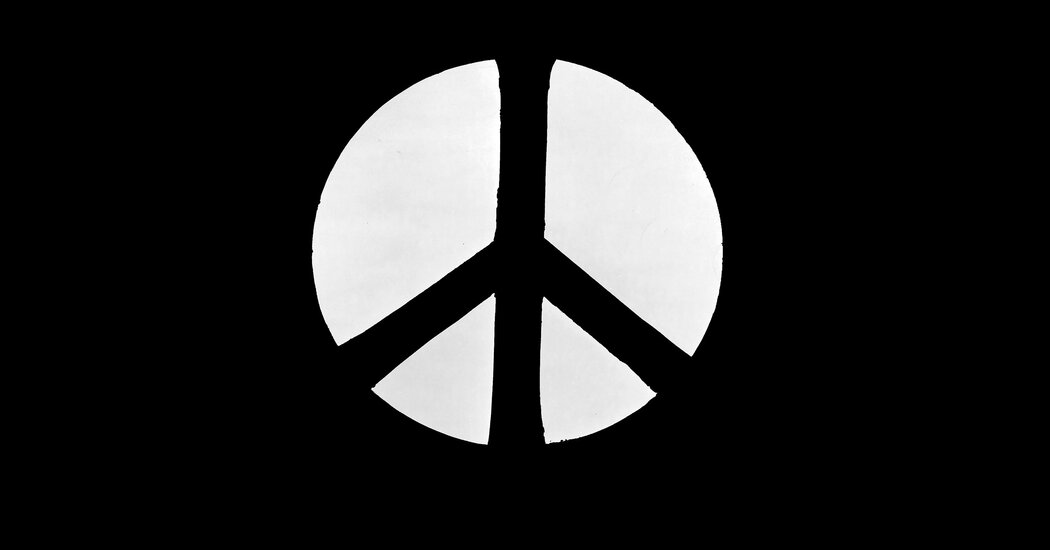
The signs and symbols that designate our beliefs and affiliations are slippery. While the Christian cross, the Islamic star and crescent, the Jewish Star of David, and their copyrighted, vigorously litigated corporate equivalents — swooshes, apples and targets — may prove resilient, a dizzying mix of familiar and newly minted graphic devices now compete for our dwindling attention.
These days there is no movement without messaging. Even anarchy has a brand identity, its scratchy circled A logo has migrated from your corner lamppost to a pair of Converse Chuck Taylor Anarchy-edition All-Stars. From the pink hats of the Women’s March to the red hats of the Capitol raid, rainbows to thin blue lines, salute emojis to watermelon emojis, we are navigating a thicket of improvised graphic devices.
Then there is the case of the peace sign. Originally devised in the late 1950s by the activist and designer Gerald Holtom as a symbol for the British antinuclear proliferation movement, the ubiquitous divided circle mark — derived by overlapping the flag-semaphore signals for the letters N and D to stand for Nuclear Disarmament — itself quickly proliferated as an open-source logo for global antiwar and counterculture movements.
From its inception Mr. Holtom insisted that his mark remain forever in the public domain. But without the protections of centuries-old institutional traditions or menacing cease-and-desist letters, symbols are vulnerable to appropriation. Since no one owns the peace sign, it can be leveraged for whatever by whomever. (Looking at you, Craigslist.) Even by the early 1970s, the once highly charged peace symbol was devolving into an anodyne lifestyle and fashion motif akin to a smiley face.






